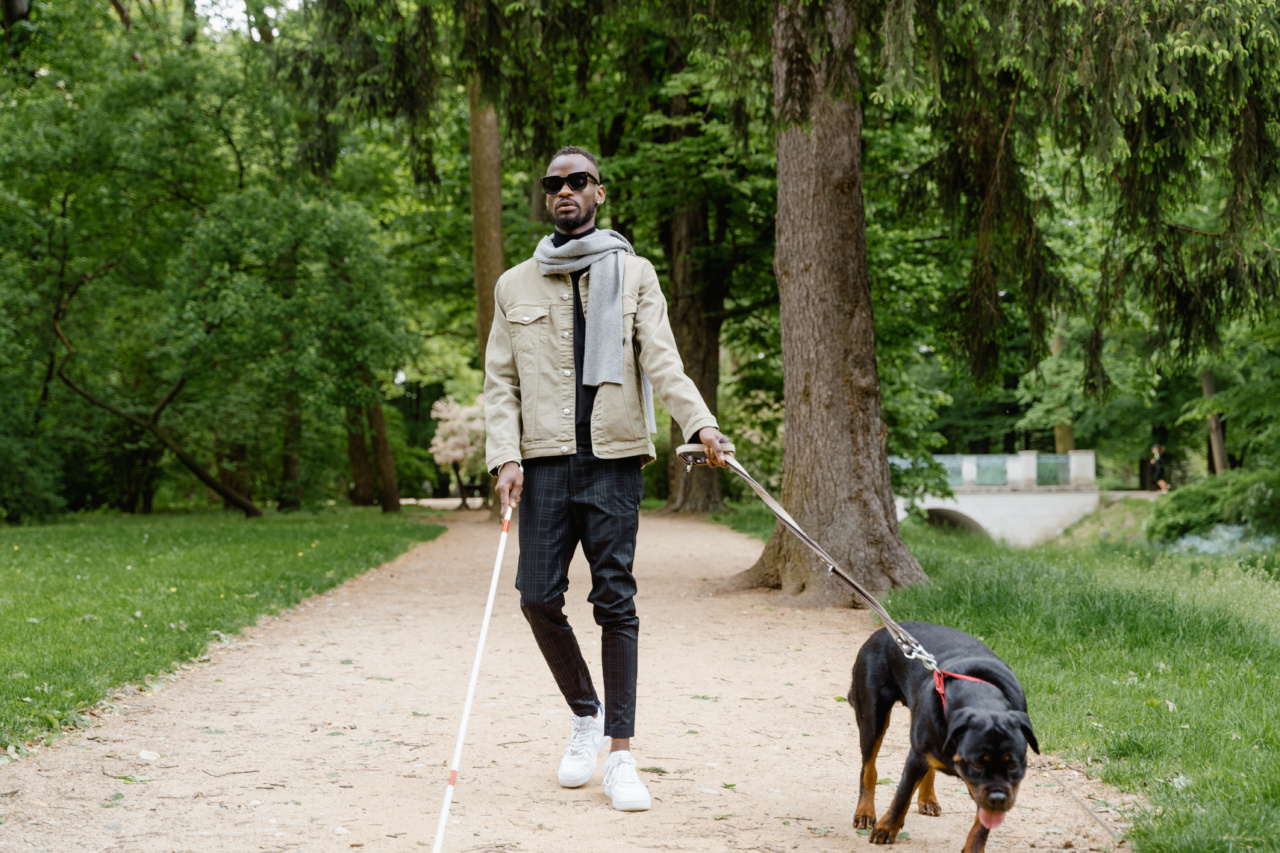Walking your dog is not only important for their physical health but also for their mental and emotional well-being. It helps them get the exercise they need, socialize with other dogs and humans, and explore the world around them.
Whether you are a new dog owner or just want to improve your walking routine, this beginner’s guide will provide you with all the information you need to know about walking your dog.
1. Choosing the Right Equipment
The first step in walking your dog is to choose the right equipment. Here are some essential items you will need:.
- A well-fitting collar or harness
- A sturdy leash
- Poop bags
- Treats or rewards
Make sure the collar or harness fits your dog comfortably. It should not be too tight or too loose. The leash should be strong and secure, with enough length for your dog to explore without getting tangled.
2. Basic Training
Before you hit the pavement, it’s important to ensure that your dog has some basic training.
They should be able to respond to commands such as “sit,” “stay,” and “heel.” This will make your walks more enjoyable and safe for both you and your furry friend. If necessary, consider enrolling in a basic obedience class or working with a professional dog trainer to help you with the training process.
3. Start with Short Walks
If you have a young or inexperienced dog, it’s best to start with short, gentle walks. This will allow them to get used to being on a leash and explore their surroundings without getting overwhelmed.
Gradually increase the duration and intensity of your walks as your dog becomes more comfortable.
4. Be Mindful of the Weather
When walking your dog, it’s important to consider the weather conditions. Extreme heat or cold can be dangerous for your dog, so try to plan your walks during cooler times of the day.
In hot weather, avoid walking on hot pavement, as it can burn your dog’s paws. On rainy days, consider using a waterproof coat or booties to keep your dog dry and comfortable.
5. Use a Proper Leash Technique
It’s essential to use a proper leash technique while walking your dog. Hold the leash in your hand with a relaxed grip, allowing some slack for your dog to move comfortably.
Avoid pulling or yanking on the leash, as this can cause discomfort or injury to your dog’s neck or throat. Instead, use gentle and consistent pressure to guide your dog in the right direction.
6. Choose the Right Walking Route
When choosing a walking route, consider your dog’s needs and preferences. Some dogs enjoy exploring new areas, while others prefer familiar routes. Look for walking trails, parks, or quiet streets with sidewalks where you can walk safely.
Avoid busy roads or areas with heavy traffic, as they can be stressful for your dog.
7. Practice Good Walking Etiquette
While walking your dog, it’s important to practice good walking etiquette. Always keep your dog on a leash unless you are in a designated off-leash area. This ensures their safety and prevents them from running off or causing harm to others.
Be courteous to other walkers, cyclists, or joggers you encounter by keeping your dog under control and cleaning up after them.
8. Provide Mental Stimulation
Walking is not only about physical exercise but also provides mental stimulation for your dog. Allow them to sniff and explore their surroundings, as it helps stimulate their senses and engage their brains.
You can also incorporate training exercises or games during your walks to keep your dog mentally challenged and entertained.
9. Socialize Your Dog
Walking your dog provides an excellent opportunity for socialization. Encourage positive interactions with other dogs and humans you encounter during your walks. However, be mindful of your dog’s body language and signs of discomfort.
If your dog shows any signs of aggression or fear, give them space and gradually work on their socialization skills with the help of a professional if needed.
10. Adjust Your Walking Routine
As your dog grows and ages, it’s important to adjust your walking routine to meet their changing needs.
Puppies and young dogs may require more frequent walks and shorter durations, while older dogs may need slower-paced walks or reduced distances. Pay attention to your dog’s energy level and physical condition, and adjust your walking routine accordingly.
Conclusion
Walking your dog is not only a necessary part of their daily routine but also a bonding experience for both of you.
By following this beginner’s guide, you now have the knowledge and tips to ensure that your dog’s walks are enjoyable, safe, and beneficial for their overall well-being.






























